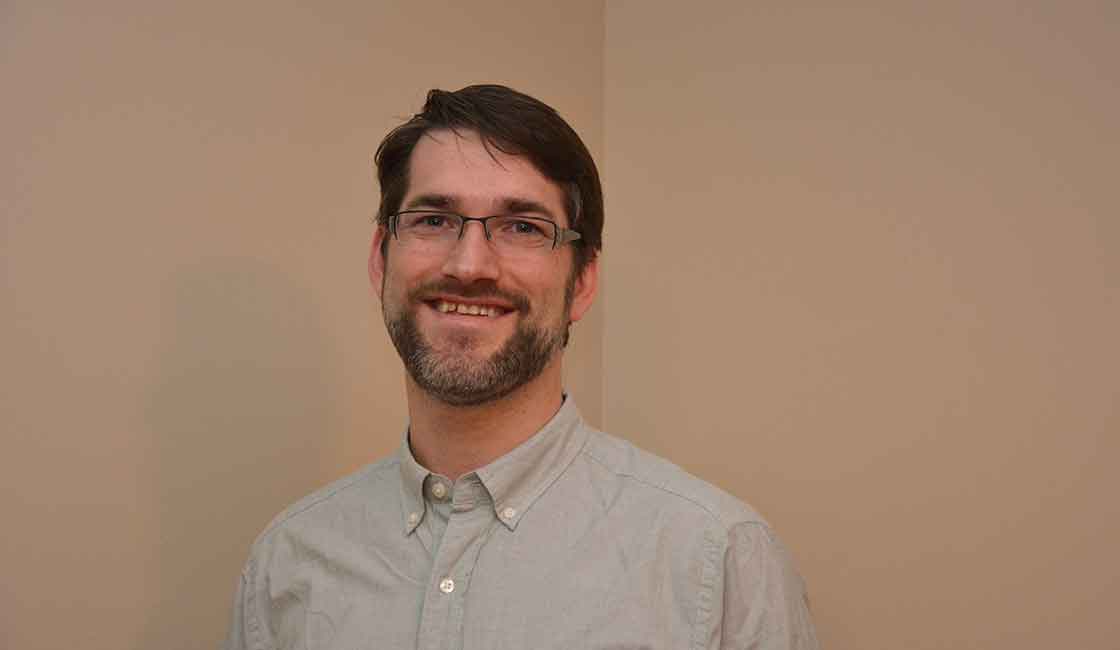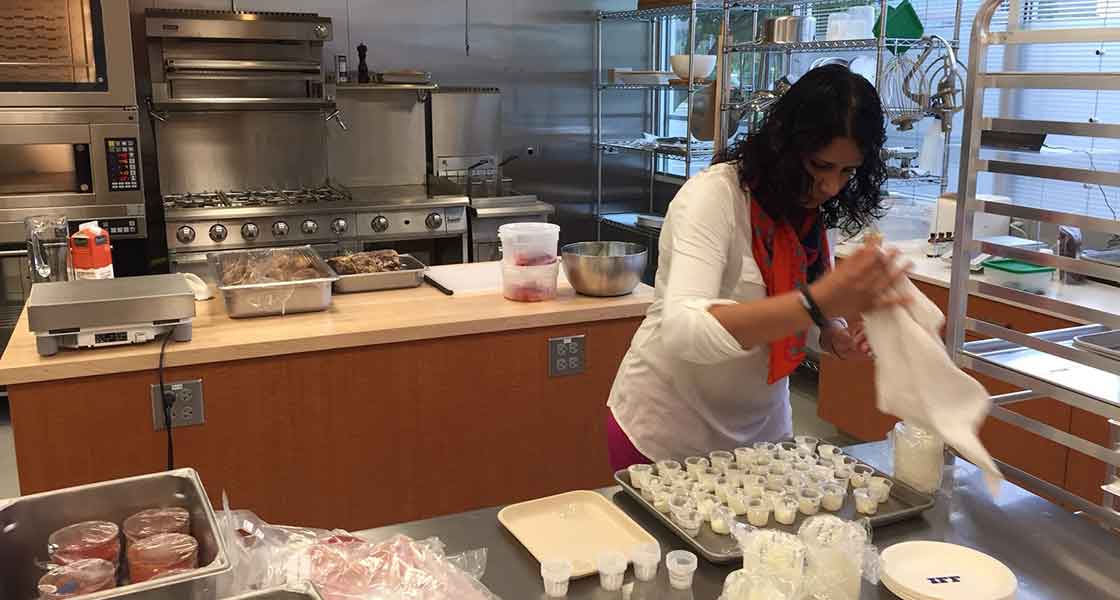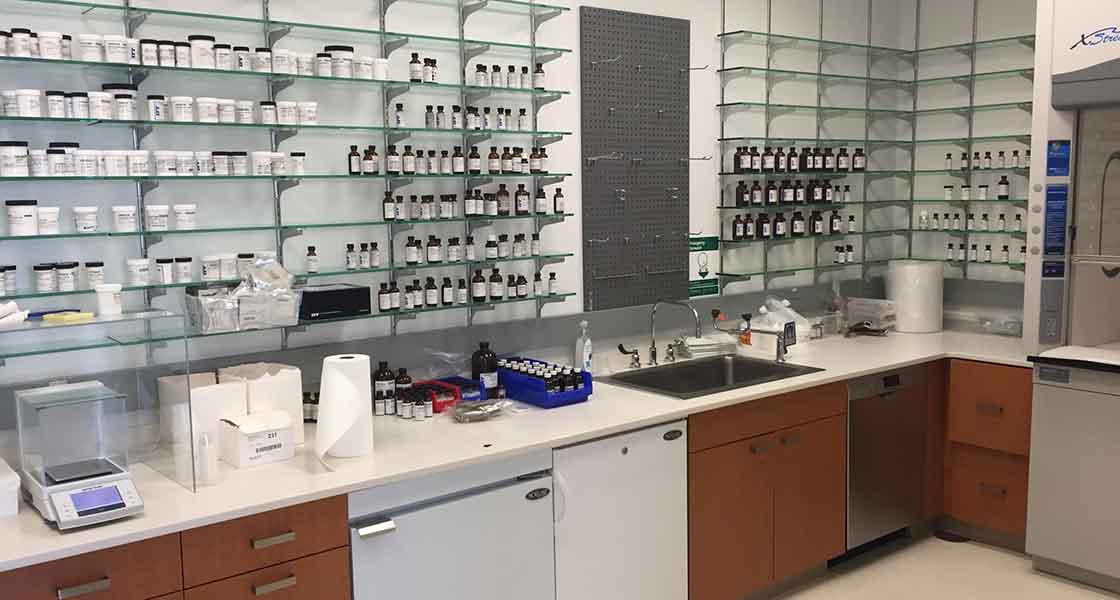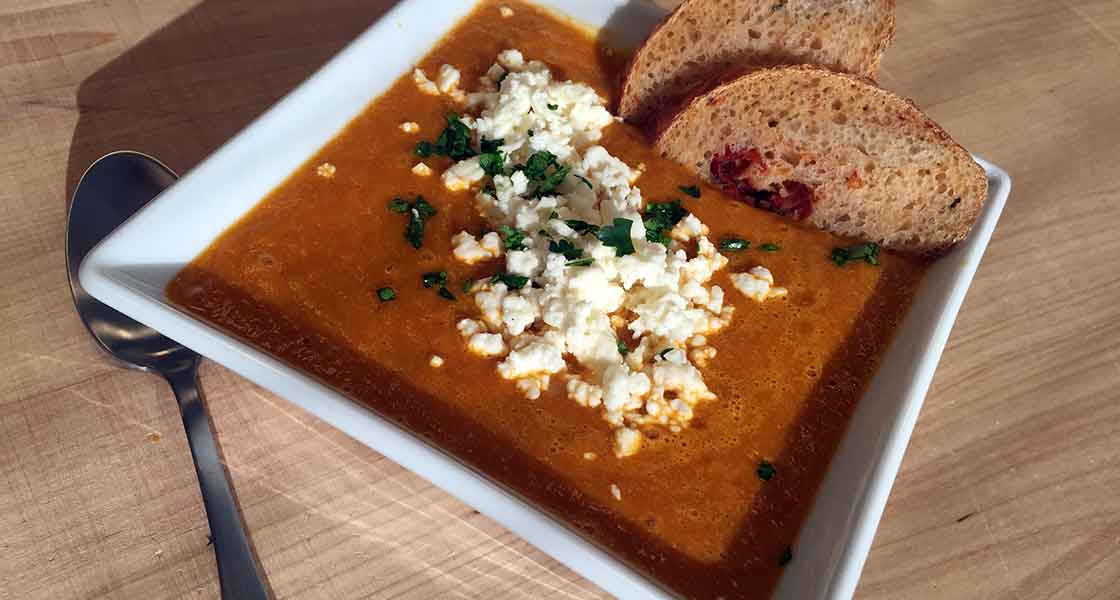From Line Cook to Certified Research Chef
CULINARY POINT OF VIEW
Chef David Horrocks’ introduction to the restaurant industry began as a teenager washing dishes at the local Italian restaurant in Salt Lake City. After working practically every position in a restaurant, Horrocks’ passion for food led him to culinary school and then on to pursue his masters in food marketing. Along the way he discovered the Research Chefs Association (RCA) and landed a job as a research chef at flavors giant IFF. Now 12 years later, Horrocks manages the company’s new lab located outside of Chicago, and meets with clients to develop prototypes showcasing IFF’s flavor solutions.

Kelly Hensel: How did you get your start in the food industry?
David Horrocks: I started working as a dishwasher as a teenager at a local Italian restaurant called Pomodoro in Salt Lake City, Utah. I loved working in the kitchen. I loved the excitement. We had a lot of fun, but it was also a lot of hard work. During my time there I was a prep cook, salad cook, pizza cook, sauté line cook. I did pastries. I baked bread. I worked on the grill. I’ve done everything from manage kitchens to work running the house as a server, a busser, an expediter. I’ve had pretty much every job you can in a restaurant.
Hensel: What made you make the move to research chef for a flavor company?
Horrocks: At Johnson & Wales University—where I got my bachelor degree in culinary nutrition—you take courses in food microbiology, food science, and product development. While in school I was working full time in a restaurant, so I was trying to figure out what career path I wanted to take after graduation. During the product research and development class, I learned about the RCA—the Research Chef’s Association. It really struck a chord with me because I am very experimental in the way that I cook, and always have been.
In the nutrition courses I learned about the requirements of various diets for people who may have celiac [disease] or different allergies. I had to develop a week-long menu with dietary goals that addressed those kinds of challenges and it really got me thinking. That’s the kind of thinking that a research chef does. When beginning a project you have to take into account the different variables and what the end goal is in order to figure out what’s the best solution.

IFF's Schaumburg, IL-based R&D Kitchen
Hensel: Why did you choose the field of food marketing to pursue your master’s degree in? How has it helped your career at IFF?
Horrocks: Someone actually joined IFF as a food marketer for a brief time. He had just finished this food marketing program from St. Joseph’s University, and at the time I was actually working on my master’s in food science. After talking with him, I decided to change to get my master’s in food marketing. I didn’t really understand what food marketing was at the time, but it’s really about understanding business and food strategy and leadership.
Hensel: Last year you moved to IFF’s new office in Illinois. How has your role changed since you began with IFF 12 years ago?
Horrocks: I manage the site here [in Schaumburg, Ill.], and, in fact, I was charged with equipping the site, so I was able to build out the R&D kitchen to my requirements. I am also involved in a lot of the strategy for each account in the region, which utilizes my master’s degree in food marketing.
I collaborate with the same people that I used to when I worked in South Brunswick [N.J.], except now instead of mainly working in savory I work across categories—everything from beverage projects, sweet and dairy projects, to bakery and confection projects.
Most of the time, I’m getting ready for customer work sessions or presentations and collaborating with the other IFF sites. It’s really great being here [in the Chicago-land area] because we’re able to respond and react to our customer’s needs more quickly. The customer will call us up and say that they need to have a working session around product X with flavors A, B, C, and D, and we’re able to respond to that right away. Within a three-day time period we can have them in our lab for a working session.

IFF's Schaumburg, IL-based Flavor Lab
Hensel: What is that experience like? How do you and the flavorists at IFF work with a client/customer?
Horrocks: It all depends on the customer. I have customers that want to be a part of the whole process, so I don’t need to screen flavors at all beforehand. I just need to get flavors in-house that meet their needs. They will give us a brief for the project that has a target profile and perhaps ingredients that they want to avoid. Based on that brief and talking with the customer, I can pull some things together for the meeting. I have all the resources from the New Jersey office at my disposal and so I can have flavors sent to me from there. We also have thousands of flavors here on site in our flavor lab. We are able to do flavor compounding and flavor changes in our lab if a customer needs something tweaked.
We find that our customers like to be involved from the beginning because that is often where a lot of time can be wasted. For example, a customer may present us with a brief for a banana cookie. They will have a very specific vision in their head about what that means, but it can be hard to articulate that. In the past, if the customer was in the Midwest and had to rely on conference calls with our office in a different state, we may have developed a prototype only to find out what we thought they meant by banana wasn’t what they were looking for at all. So getting the customer here to smell and taste at the beginning can cut out a lot of that time.
Hensel: What, in your opinion, can chefs learn from food scientists and what can scientists learn from chefs?
Horrocks: I think that chefs could learn to communicate, document, and organize thoughts before jumping into finding product solutions. I think that’s the greatest learning chefs could take from food scientists. And I think food scientists and flavorists can learn a passion and love of food, cooking, and eating from chefs. I know some food scientists that don’t like to cook and I think that hinders them. At the very least you need to love to eat food—which most people do—but also love to think about the ingredients.

Roasted Sweet Tomato Soup with Golden Beets
Ingredients:
- 1,395 g of multi-colored cherry tomatoes or other fresh tomatoes
- 367 g of golden beets, peeled and washed
- 479 g of yellow onion, ½-inch diced
- 220 g of celery, ½-inch diced
- 260 g of carrots, peeled, washed, and 1/2-inch diced
- 10 g of garlic, minced
- 2,000 g of vegetable stock
- 1.5 g of fresh thyme leaves
- olive oil as needed
- salt and pepper as needed
- feta cheese, crumbled, as needed
- Italian flat leaf parsley, chopped, for garnish as needed
Method:
- Preheat oven to 350°F.
- Lightly coat beets in in olive oil, then wrap in foil and roast in oven until tender (about 30 min).
- Cut tomatoes in half from top to bottom, then coat with oil and a dash of salt. Roast, cut side up, on parchment lined sheet pans for about 25 min or until some dark browning has occurred and tomatoes have softened.
- In a 6-qt stock pot (covered) sweat carrots, celery, garlic, and onions with olive oil until tender.
- Add vegetable stock and thyme leaves. Once beets and tomatoes are cooked add them to the pot and continue to heat.
- Simmer for 10 min, stirring occasionally.
- Puree soup in blender, working in small batches until soup is smooth.
- Adjust to taste preference with salt and pepper. Serve hot garnished with crumbled feta cheese and chopped parsley.


